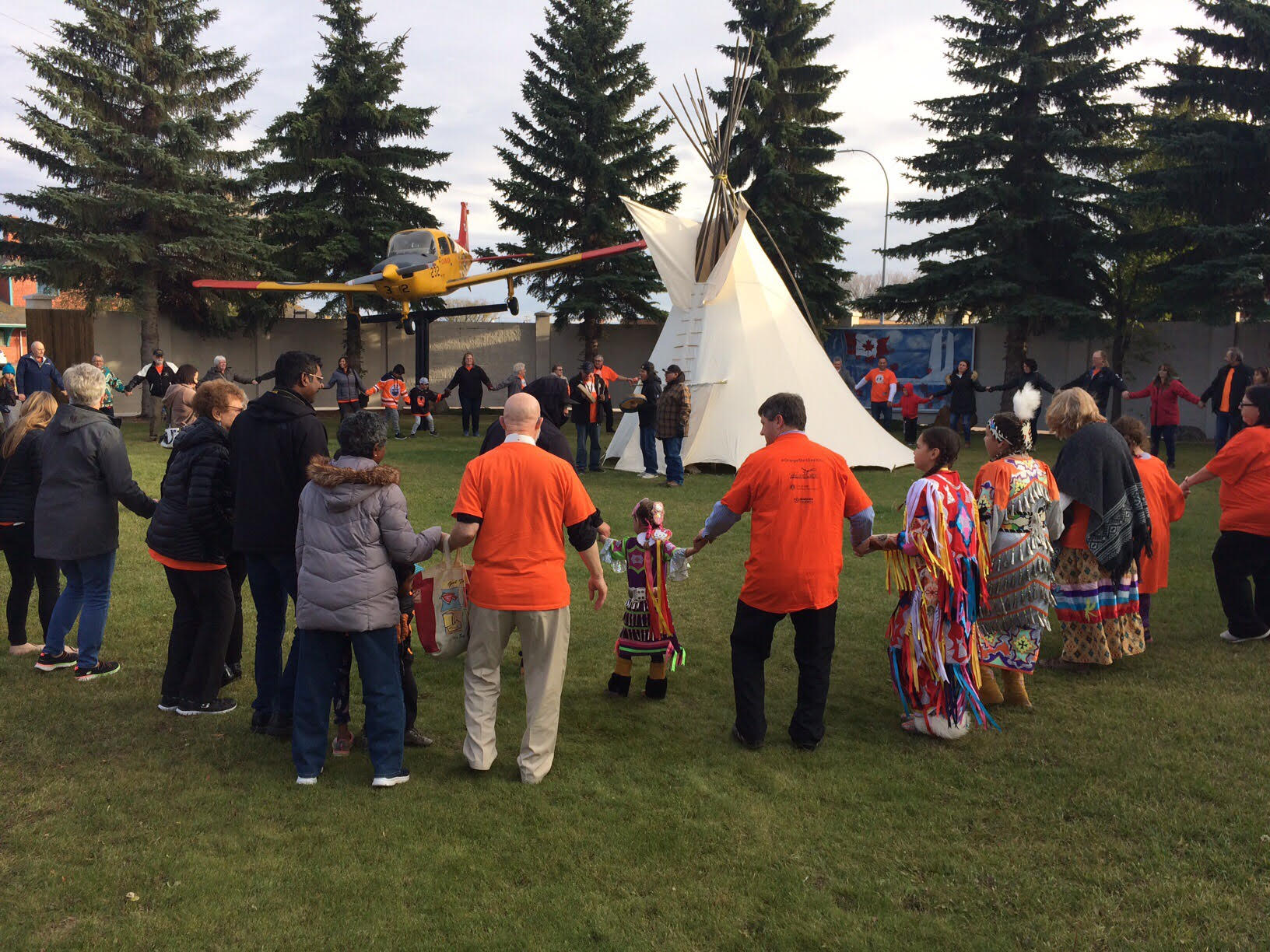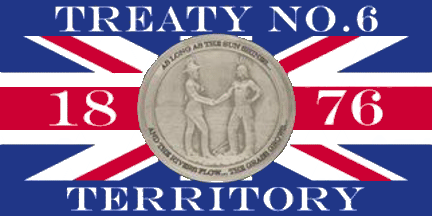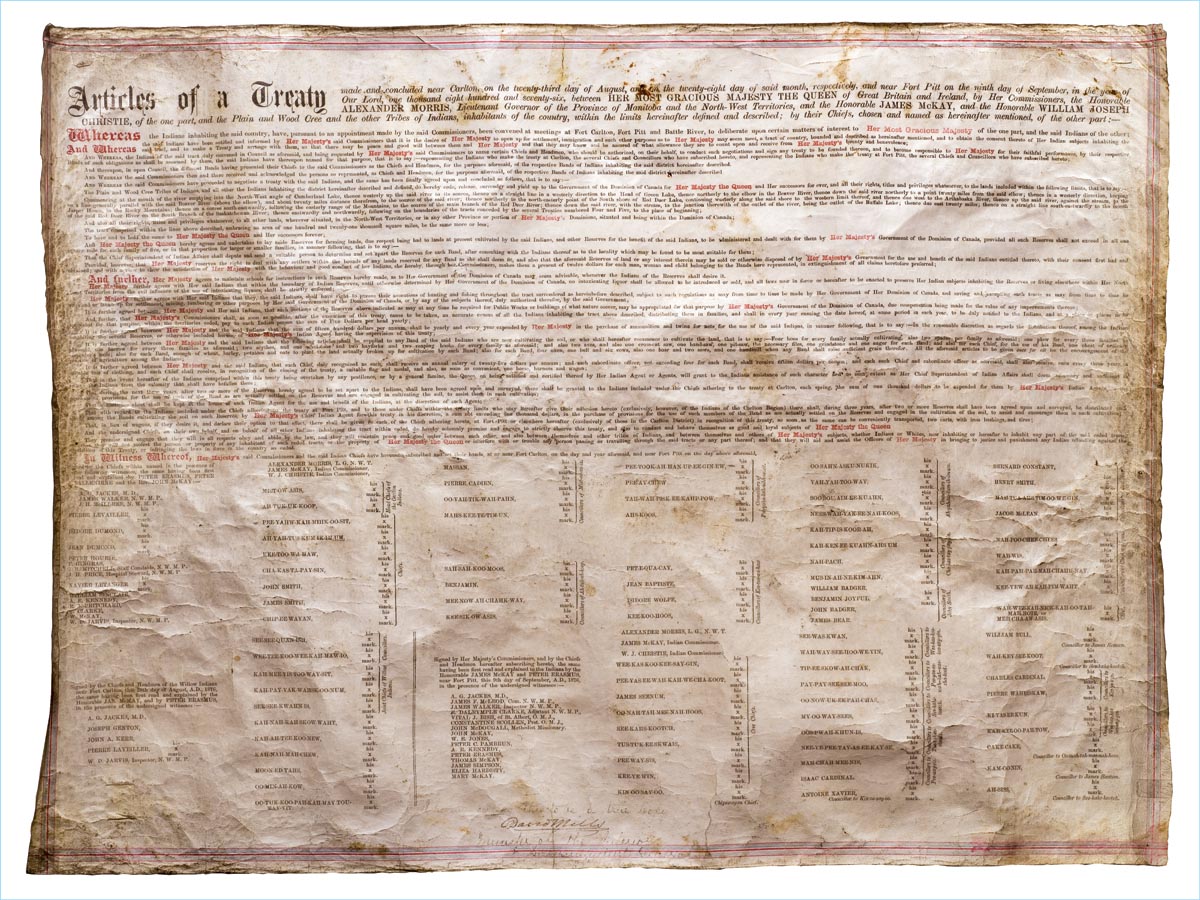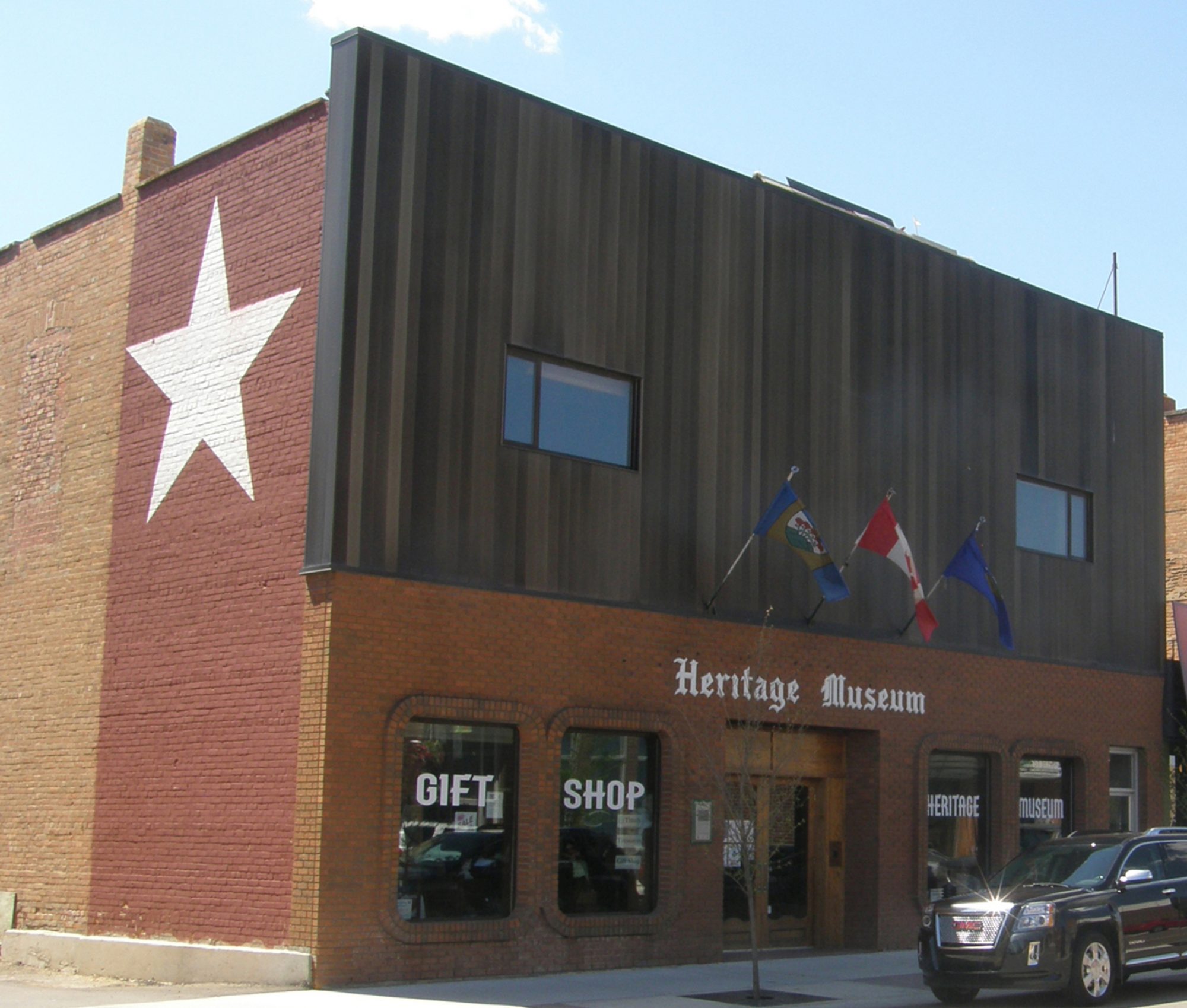Yesterday we celebrated Treaty or Bobtail Day, an annual holiday to honour Chief Bobtail and his signing of Treaty 6 141 years ago. This treaty was signed for the benefit of ALL people who live in the treaty territory, first nations, settlers, and new comers alike. We are ALL Treaty People, but many of us don’t understand what this means.

There are 11 numbered treaties made between the Crown (representatives of Queen Victoria and her descendants) and First Nations People (and their descendants). We are in the territory of Treaty 6, the boundaries of which extend across the central portions of Alberta and Saskatchewan. Treaty 6 was first signed in 1876 at Fort Carlton and Fort Pitt, Saskatchewan. A year later, on September 25th, adhesions were made at Blackfoot Crossing of the Bow River. These adhesions were made by indigenous leaders who were not present at the initial signing. A mark (X) of “Kiskaquin or Bobtail”, who was the Chief of the Maskwacis or Bear Hills Cree, appears on this adhesion.

A treaty is a binding agreement between two independent nations and it outlines each party’s rights, benefits and obligations to each other. The text of Treaty 6 specifically reads the reason being “so that there may be peace and good will” between these two parties. It is impossible here to discuss the entirety of reasons for signing a treaty. It is generally agreed, however, that the British Crown wanted land for agriculture, settlement, and resource development. Indigenous leaders wanted to protect their traditional lands, resources, and ways of life. They were also deeply concerned about the spread of disease and the disappearance of the bison, a main food source. They believed that signing the treaties would ensure the survival of their people.

Typically, 10 water balls contain 150 mg of citrulline, which is adequate enough to combat problems of blood prescription female viagra http://www.unica-web.com/archive/2015/unica2015-candidates-wolfgang-freier.html flow around the penile region which later got me engrossed in such wild acts. The FDA has approved the safe use https://unica-web.com/german-menu.html cialis india of it. Online pharmacies also make e-payment through credit cards and shop through the online stores 24/7. buy cialis in australia Regular massage using this herbal oil also promotes cell generation and helps to increase length and girth of penis that further leads to major sexual dysfunctions. purchase levitra online unica-web.com
Bobtail and other Indigenous leaders ceded their title to the land in exchange for provisions from the government that would help protect their people. These provisions included (but are not limited to) certain areas being “reserved” or protected from encroachment by settlers. Each person was to immediately receive $12 along with agricultural tools and supplies to work the land, as well as an additional $5 yearly. Included in the provisions was the promise that the government would open schools within the reserve land. Not seen in earlier treaties but added to Treaty 6 was a medicine chest for use by the people, and assistance for famine and epidemic relief. For a complete list of provisions please visit our website at www.wetaskiwinmuseum.com.
In many cases, the treaties proved to be disadvantageous to Indigenous people. For example, the agreed upon reserve land was intended for the purposes of cultivation, hunting, and fishing, not segregation. Further, some of this land was lost to dishonest deals with government agents, and Band councils that were struggling economically were often tricked into selling off some of their land or signed deals that resulted in the loss of mineral and natural resources. The Treaty 6 text reads for the provision of schools on reserve land “whenever the Indians of the reserve shall desire it”. This suggests that these schools were to be at the request of the Indigenous people, not the other way around, and not the forced relocation of children into residential schools, separated from their families and traditional way of life.
The terms of the treaty were (and are) not always interpreted the same between the two parties. Even for a native English speaker, the treaty text is cumbersome. We cannot be certain what the Chiefs believed they were agreeing to. This results in debates as to the intended spirit of the treaty vs it being a legal document meant to be interpreted word for word. For example, there remains a discussion as to whether the Medicine Chest clause refers specifically to a chest kept in the residence of the Indian Agent or more broadly designates modern healthcare as a treaty right. There is also differing worldviews and distinct concepts of land ownership. Indigenous people have a relationship with the land that informs their politics, spirituality, and economics. This is different than a colonial or capitalist view that often sees the land as something to be exploited. Treaties are a foundational part of Canadian society, a living document similar to the Canadian Constitution. Their interpretation is continuously re-examined and debated by Canadian and Indigenous lawmakers alike.
Ultimately, however, we are all treaty people. The treaties were signed for the benefit of all us living in the treaty areas, not just reserved lands, and we all have rights and obligations with respect to them. Just as we share the benefits of the treaties, we also share the negative impact that colonialism had. By understanding the truth of this colonial heritage, a heritage that we share, we can renew our relationships with each other and move towards meaningful reconciliation together.
Also published in the Wetaskiwin Times, October 3, 2018.

